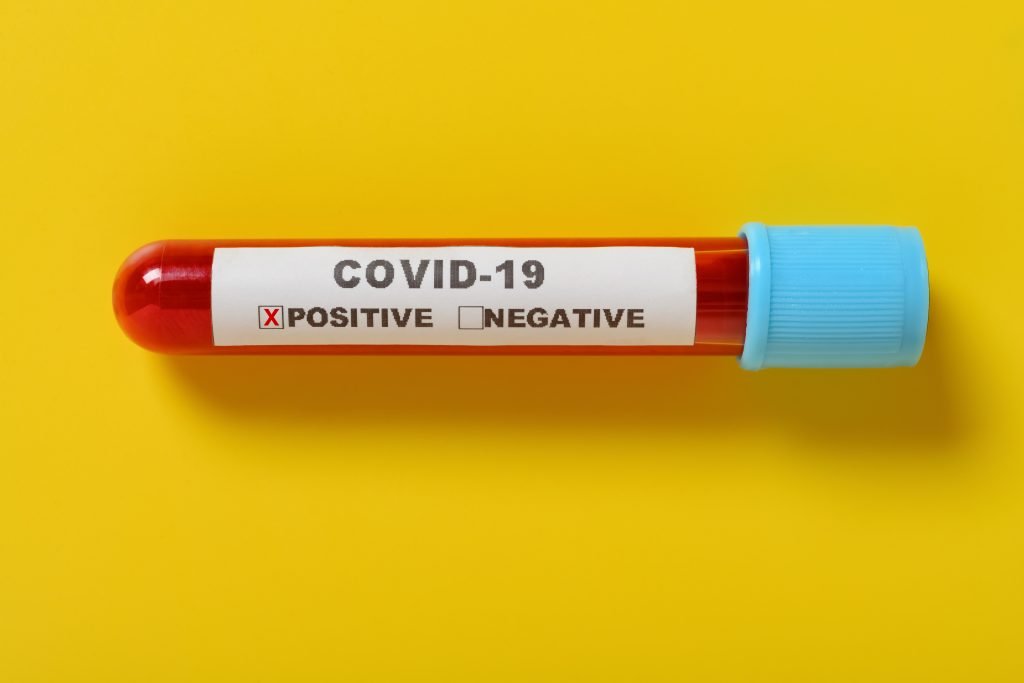India surpassed three million cases of COVID-19 over the weekend. However, even as the disease continues to surge across the nation, hope may be on the horizon as recovery figures now exceed those of new cases of the disease.

Coverage of the pandemic in India now appears split between two sides of the same story. On one hand, India now leads the world in new cases, having a higher number of new daily cases than the two countries that currently hold greater overall disease numbers — Brazil and the United States. However, cautious optimism is now giving way to credible reasons to believe India may soon see an improvement in the situation, as more and more data would suggest — at the very least — a plateau to the current surge in cases.
As Health Issues India previously reported, more of the population may now possess antibodies than previously assumed. Dr A. Velumani, the chairman, managing Director and chief executive officer of Thyrocare Technologies, said that an analysis of 270,000 antibody tests conducted by his company indicated the level of exposure to COVID-19 among the population is 26 percent. This, he said, “is a much higher percentage than we had expected. The presence of antibodies is uniform across all age groups, including children.”
Serological surveys have shown widespread prevalence among the residents of the national capital, New Delhi, and India’s financial centre and largest city Mumbai in Maharashtra (the country’s most-affected state by COVID-19 at the time of writing). This could suggest that COVID-19 has already proliferated among the population and caused a large number of asymptomatic cases. This gives rise to the hope that population immunity is actually higher than the symptomatic cases would suggest. This revelation coincides with the finding of a mutated strain that is both more virulent, and less harmful
“Experts have observed that a mutated strain of COVID-19, one that appears to be more easily able to infect individuals, may actually be beneficial. Paul Tambyah, senior consultant at the National University of Singapore and president-elect of the International Society of Infectious Diseases, has noted that evidence suggests the proliferation of the D614G mutation of the coronavirus in some nations has coincided with a drop in death rates.”
Another metric that is indicative of a more positive outlook for the coming weeks is that of recovery figures. According to Worldometer India’s daily recovery figure as of August 24th is 66,305. The new daily case figure was just 59,696 for the same day. These figures are notable, as at least for this day the figures represent an overall reduction in the total number of COVID-19 cases in the country. Amidst more than a month of surging figures that included consistent day-by-day acceleration in the number of cases, this could represent a turning point.
However, this cannot be taken as an excuse to disregard the severity of the situation. The current death figures due to COVID-19 number close to 60,000, with a total of 58,546 succumbing to the disease. With daily figures still close to, or exceeding 60,000, this death toll is likely to rise considerably higher before progress is made in tackling the disease.
Fears are present that while immunity levels have increased during an initial surge in many of India’s urban metros, other areas could soon see increasing figures. Already new hotspots continue to feed surges in rural areas of Bihar and Uttar Pradesh in northern India and in the southern states of Andhra Pradesh, Karnataka, Tamil Nadu, and Telangana.
While death rates have been relatively low up until this point, this may be attributable to the majority of cases taking place within urban metros with comparably higher access to healthcare facilities. India’s rural areas — still housing the bulk of the population — experience a lesser degree of access to healthcare infrastructure. As such, it is likely that as COVID-19 presses its way into India’s rural communities, death tolls may rise at a sharper rate.
High recovery rates notwithstanding, COVID-19 continues to be a major threat to India. Should current trends continue, India may well surpass Brazil to take the position of second most affected nation in the coming weeks or months.

